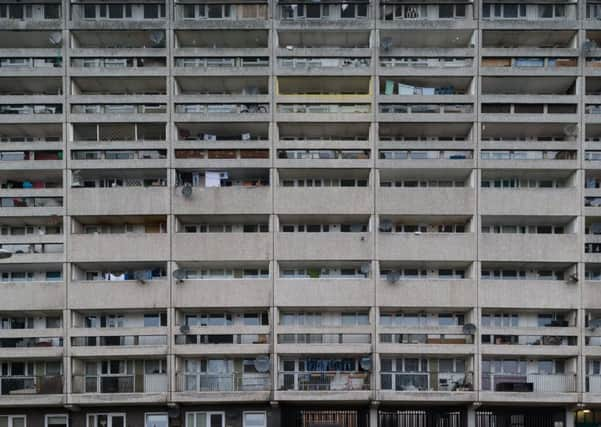Comment: What is the point of protecting Leith's banana flats?


From the majestic Castle and winding Old Town closes to modern engineering marvels such as the Forth bridges. These structures span almost a millenium of construction history and vary widely in style and substance. Yet all manage to strike some level of awe and wonder in the minds of the many people who stop to gaze at them.
The same is true of most of the New Town (although there are a few exceptions on Princes Street), the beautiful Victorian swimming baths dotted around the city and the unpresupposing Maggie’s Centre at the Western General to name but a few. The list is almost endless thanks to our creative and ingenious forebearers.
Advertisement
Hide AdAdvertisement
Hide AdWhere do Leith’s banana flats sit within this pantheon of greatness? It’s hardly a controversial statement to suggest nowhere at all.
So what is the point of giving them listed status? Historic Environment Scotland says that it is worth preserving as an outstanding example of the “brutalist” architecture of the 1960s.
What a lot of nonsense. If the building is no longer loved by its residents and everyone else who has to look at it every day there should be no obstacle to it being demolished.
Anyone who wants to know what Brutalist architecture looks like can dig out a newsreel from the 1960s or watch a documentary about the Soviet Union.
Advertisement
Hide AdAdvertisement
Hide AdLike in other Scottish cities, the first residents of these flats were sold a dream half-a-century ago that this was the dawn of a new era of high rise living. The reality did not turn out to be anywhere near as glamorous as the US vision they were painted.
This week their modern counterparts were left for two days without heat or hot water as their failing heating system packed up.
The reality of this decision is that future residents are far more likely to end up living in sub-standard housing.